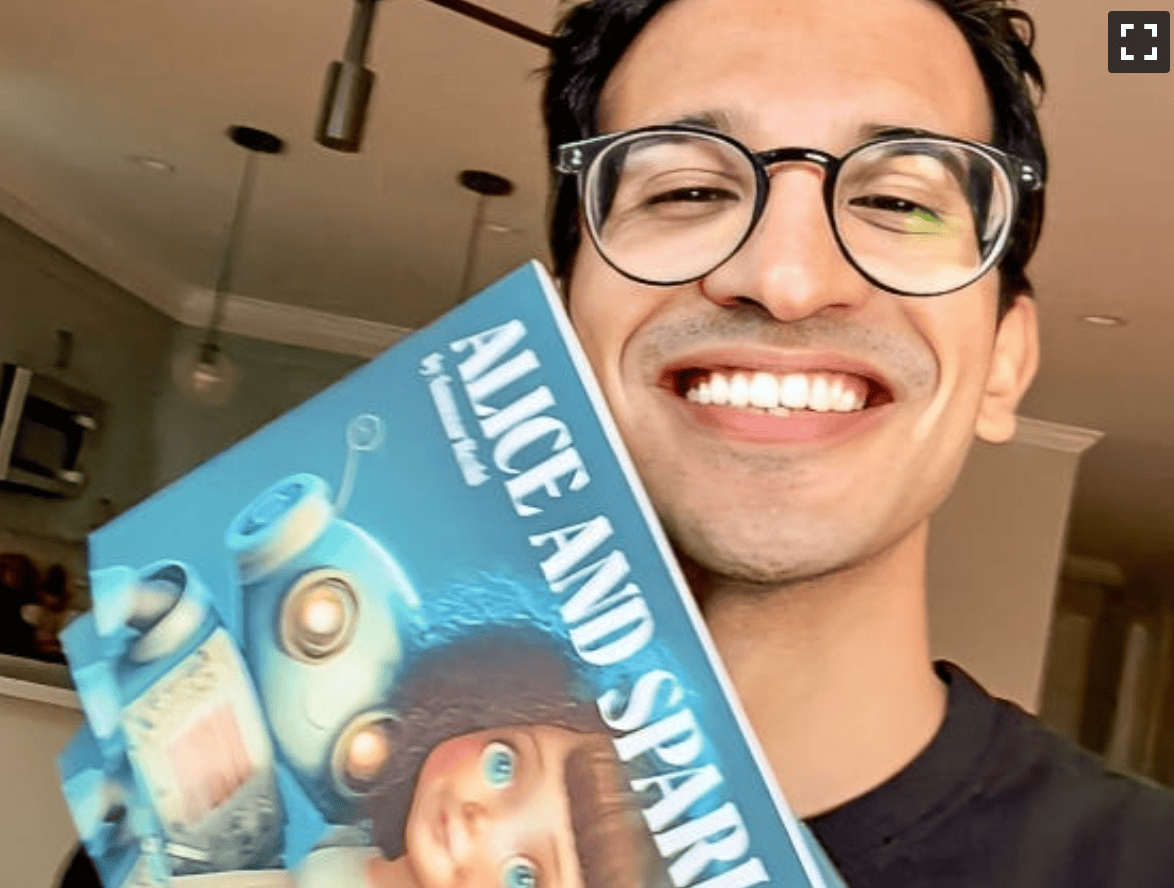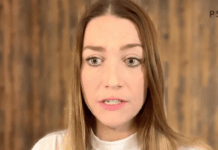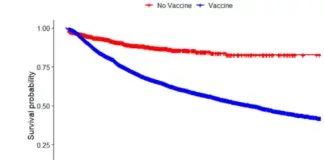From businessinsider:
- Ammaar Reshi wrote and illustrated a children’s book in 72 hours using ChatGPT and Midjourney.
- The book went viral on Twitter after it was met with intense backlash from artists.
- Reshi said he respected the artists’ concerns but felt some of the anger was misdirected.
- For more stories, go to www.BusinessInsider.co.za.
Ammaar Reshi was reading a bedtime story to his friend’s daughter when he decided he wanted to write his own.
Reshi, a product-design manager at a financial-tech company based in San Francisco, told Insider he had little experience in illustration or creative writing, so he turned to AI tools.
In December he used OpenAI’s new chatbot, ChatGPT, to write “Alice and Sparkle,” a story about a girl named Alice who wants to learn about the world of tech, and her robot friend, Sparkle. He then used Midjourney, an AI art generator, to illustrate it.
Just 72 hours later, Reshi self-published his book on Amazon’s digital bookstore. The following day, he had the paperback in his hands, made for free via another Amazon service called KPD.
He said he paid nothing to create and publish the book, though he was already paying for a $30-a-month Midjourney subscription.
Impressed with the speed and results of his project, Reshi shared the experience in a Twitter thread that attracted more than 2,000 comments and 5,800 retweets.
Reshi said he initially received positive feedback from users praising his creativity. But the next day, the responses were filled with vitriol.
“There was this incredibly passionate response,” Reshi said. “At 4AM I was getting woken up by my phone blowing up every two minutes with a new tweet saying things like, ‘You’re scum’ and ‘We hate you.'”
Reshi said he was shocked by the intensity of the responses for what was supposed to be a gift for the children of some friends. It was only when he started reading through them that he discovered he had landed himself in the middle of a much larger debate.
Artists accused him of theft
Reshi’s book touched a nerve with some artists who argue that AI art generators are stealing their work.
Some artists claim their art has been used to train AI image generators like Midjourney without their permission. Users can enter artists’ names as prompts to generate art in their style.
An update to Lensa AI, a photo-editing tool, went viral on social-media last year after it launched an update that used AI to transform users’ selfies into works of art, leading artists to highlight their concerns about AI programs taking inspiration from their work without permission or payment.
“I had not read up on the issues,” Reshi said. “I realized that Lensa had actually caused this whole thing with that being a very mainstream app. It had spread that debate, and I was just getting a ton of hate for it.”
“I was just shocked, and honestly I didn’t really know how to deal with it,” he said.
Among the nasty messages, Reshi said he found people with reasonable and valid concerns.
“Those are the people I wanted to engage with,” he said. “I wanted a different perspective. I think it’s very easy to be caught up in your bubble in San Francisco and Silicon Valley, where you think this is making leaps, but I wanted to hear from people who thought otherwise.”
After learning more, he added to his Twitter thread saying that artists should be involved in the creation of AI image generators and that their “talent, skill, hard work to get there needs to be respected.”
He said he thinks some of the hate was misdirected at his one-off project, when Midjourney allows users to “generate as much art as they want.”
Reshi’s book was briefly removed from Amazon — he said Amazon paused its sales from January 6 to January 14, citing “suspicious review activity,” which he attributed to the volume of both five- and one-star reviews. He had sold 841 copies before it was removed.
Midjourney’s founder, David Holz, told Insider: “Very few images made on our service are used commercially. It’s almost entirely for personal use.”
He said that data for all AI systems are “sourced from broadly spidering the internet,” and most of the data in Midjourney’s model are “just photos.”
A creative process
Reshi said the project was never about claiming authorship over the book.
“I wouldn’t even call myself the author,” he said. “The AI is essentially the ghostwriter, and the other AI is the illustrator.”
But he did think the process was a creative one. He said he spent hours tweaking the prompts in Midjourney to try and achieve consistent illustrations.
Despite successfully creating an image of his heroine, Alice, to appear throughout the book, he wasn’t able to do the same for her robot friend. He had to use a picture of a different robot each time it appeared.
“It was impossible to get Sparkle the robot to look the same,” he said. “It got to a point where I had to include a line in the book that says Sparkle can turn into all kinds of robot shapes.”
Some people also attacked the quality of the book’s writing and illustrations.
“The writing is stiff and has no voice whatsoever,” one Amazon reviewer said. “And the art — wow — so bad it hurts. Tangents all over the place, strange fingers on every page, and inconsistencies to the point where it feels like these images are barely a step above random.”
Reshi said he would be hesitant to put out an illustrated book again, but he would like to try other projects with AI.
“I’d use ChatGPT for instance,” he said, saying there seem to be fewer concerns around content ownership than with AI image generators.
The goal of the project was always to gift the book to the two children of his friends, who both liked it, Reshi added.
“It worked with the people I intended, which was great,” he said.
Disclaimer: We at Prepare for Change (PFC) bring you information that is not offered by the mainstream news, and therefore may seem controversial. The opinions, views, statements, and/or information we present are not necessarily promoted, endorsed, espoused, or agreed to by Prepare for Change, its leadership Council, members, those who work with PFC, or those who read its content. However, they are hopefully provocative. Please use discernment! Use logical thinking, your own intuition and your own connection with Source, Spirit and Natural Laws to help you determine what is true and what is not. By sharing information and seeding dialogue, it is our goal to raise consciousness and awareness of higher truths to free us from enslavement of the matrix in this material realm.
 EN
EN FR
FR




























